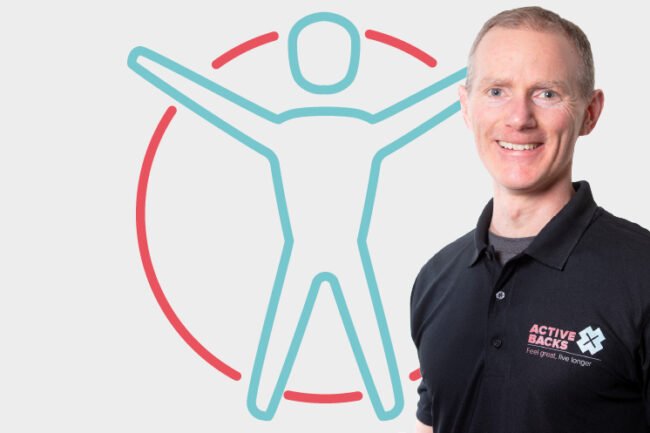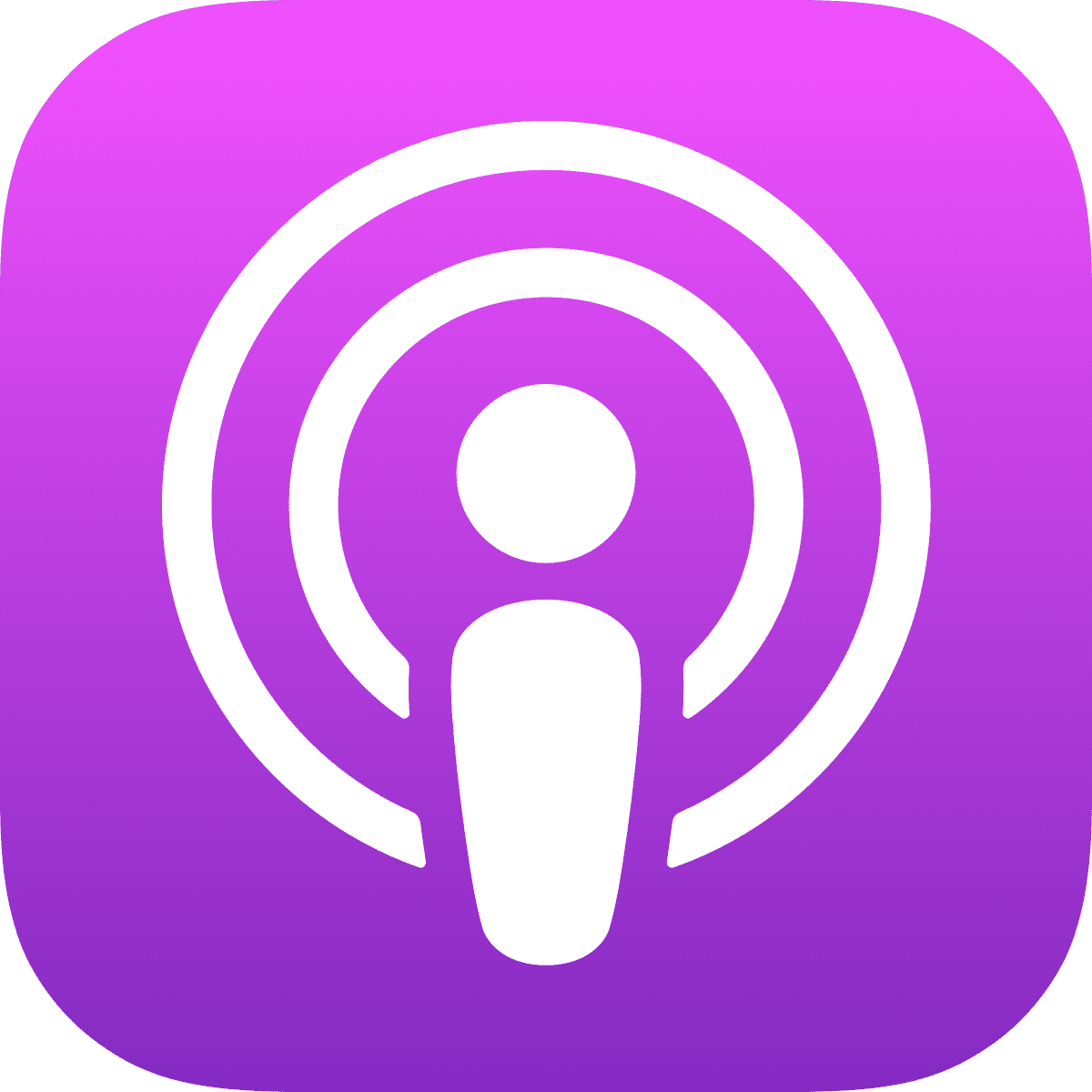Is lower back pain muscular?
Is lower back pain muscular?
Today’s episode is entitled “Is lower back pain muscular?” and the points covered are:
- Lower back muscle strains
- Muscular trigger points
- Treatment of muscular trigger points
The short answer to that question is maybe (at least partially).

Lower back muscle strains
Your muscles, your nervous system and your skeleton (the neural muscular skeletal system) are all interconnected. If the disc prolapse or you strain a muscle, your nervous system will be aware of that, and it will have an effect on how your muscles function. They might tense up and pull you off to one side to compensate and protect that strain on your lower back. That’s a functional scoliosis. It’s not something you’ve grown up with, it happens in the short term. The twist is not the cause of your pain, it’s the consequence. Muscle is the primary producer of pain. If you lift something very heavy or you exert yourself to an extreme level, you can strain a muscle. There’s loads of them in your lower back and you can certainly strain those. When you do, the nociceptors will send you a message instantly, so it will hurt instantly.
Muscular trigger points
There are millions of fibers in every muscle. Trigger points are a couple of thousand localized areas of muscle contraction, a tightening of the muscle tissue. You will sense them by having a poke and a dig around, whether it be your shoulders, mid back, lower back, around to your gluteal origins, or right in the top of your hip bones. Those lumpy bits in your muscles are probably trigger points. They tighten up and it restricts the blood flow to that little bit of muscle. It gets sore through lack of muscle or nutrition. When you get to build up the waste products of metabolism and the whole thing aches. Lower back trigger points often refer pain into the bottom area. Your gluteal muscles often refer a pain down the leg. Those trigger points can cause local pain and also distant pain.
Treatment of muscular trigger points
You can try sticking acupuncture needles into the trigger point, which causes it to relax off. Or you can put your elbow and apply sustained pressure on it. You can use a massage ball for your gluteal trigger points and a pyramid shaped thing for the lower back. The pointy bits work really well for those smaller -and harder to get to- trigger points. If you’ve got an active trigger point, put such pressure on it that it reproduces the pain remotely. If when you apply pressure on the gluteal trigger point, it reproduces pain down the leg, hold it until the pain in the leg reduces a bit, or you hit the 25 second mark. By putting that sustained pressure on you will be reducing the blood flow to that bit of tissue. You don’t want to do that for very long. Then move to the next trigger point and do the same thing.


